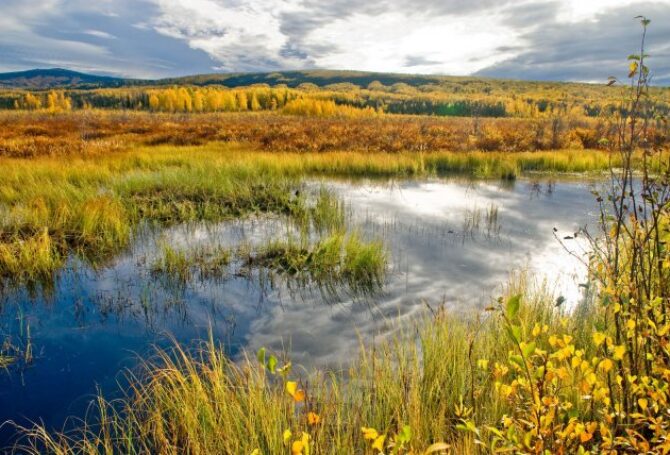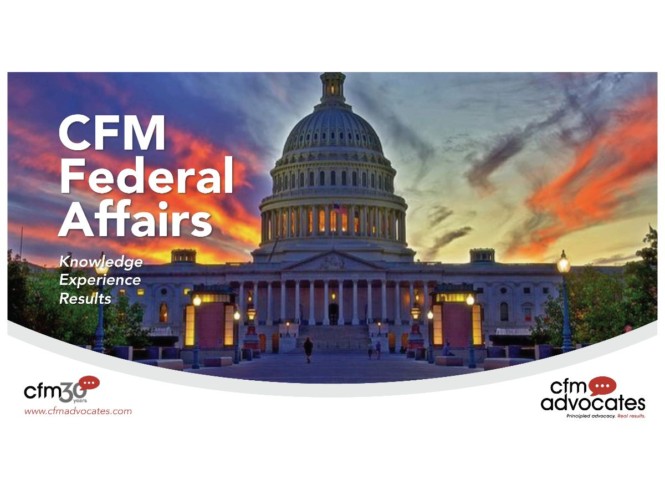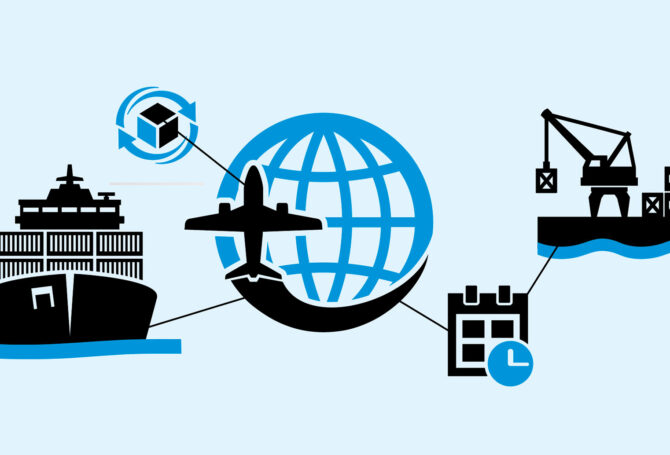
Ruling on Idaho Homesite Will Affect Millions of Wetlands Acres
On a 5-4 ruling on a case involving Idaho property owners, the U.S. Supreme Court narrowed the Environmental Protection Agency’s authority to regulate wetlands not connected to a continuously flowing body of water.
The landowners’ lawyer praised the decision as a “profound win for property rights and constitutional separation of powers”. Critics of the ruling said it would put millions of acres of wetlands at risk without protection under the Clean Water Act.
Decision hailed as win for property rights and assailed for exposing half of the nation’s wetlands to unregulated development.
The court’s conservative majority drew on similar logic applied in its ruling last year that limited EPA’s ability to address climate change under the Clean Air Act.
 The case involved Michael and Chantell Sackett who sought to build a house on what was described as a “soggy” half-acre lot 300 feet from Priest Lake in northern Idaho. After they started construction in 2007 by adding gravel and fill dirt, EPA ordered them to stop or face fines. The Sacketts instead sued EPA with help from the Pacific Legal Foundation, which represents clients who believe their constitutional rights have been violated.
The case involved Michael and Chantell Sackett who sought to build a house on what was described as a “soggy” half-acre lot 300 feet from Priest Lake in northern Idaho. After they started construction in 2007 by adding gravel and fill dirt, EPA ordered them to stop or face fines. The Sacketts instead sued EPA with help from the Pacific Legal Foundation, which represents clients who believe their constitutional rights have been violated.
All nine justices agreed EPA overstepped its authority in the Sackett’s case. The four justices who dissented indicated the case didn’t merit such a sweeping decision by the court that could lead to increased pollution of wetlands and streams.
 Conservative Court Legacy
Conservative Court Legacy
Justice Samuel Alito, who wrote the majority opinion, said the Clean Water Act doesn’t allow EPA to regulate wetlands unless they have a “continuous surface connection” to nearby bodies of water. In a previous procedural ruling on this case, Alito wrote, “The reach of the Clean Water Act is notoriously unclear. Any piece of land that is wet at least part of the year is in danger of being classified by EPA”.
Law professor Jonathan Adler described the ruling as another example of the conservative-led court’s unwillingness “to defer to an agency about the scope of that agency’s own power”. Damien Schiff of the Pacific legal Foundation said the court provided a “clear measuring stick for fairness and consistency”.
 In a dissenting opinion, Justice Elena Kagan wrote, “The majority barred EPA from addressing climate change by curbing power plant emissions in the most effective way. Here, that method prevents the EPA from keeping our country’s waters clean by regulating adjacent wetlands. The vice in both instances is the same: The court’s appointment of itself as the national decision-maker on environmental policy.”
In a dissenting opinion, Justice Elena Kagan wrote, “The majority barred EPA from addressing climate change by curbing power plant emissions in the most effective way. Here, that method prevents the EPA from keeping our country’s waters clean by regulating adjacent wetlands. The vice in both instances is the same: The court’s appointment of itself as the national decision-maker on environmental policy.”
Environmental law experts warned the decision could expose wetlands to development and threaten efforts ranging from biodiversity preservation and flood control. A former EPA lawyer who worked from the Clinton through Trump administrations predicted the ruling would affect more than half of the nation’s wetlands that are not directly connected to bodies of water.
Conservative Justice Brett Kavanaugh joined the dissent, indicating the decision should have applied to the Sackett’s property and not more broadly, which could harm EPA’s ability to address pollution and flooding.
Vermont Law School Professor Patrick Parenteau picked up on Kavanaugh’s opinion. “The court could have rendered a narrow decision based on the facts of the Sackett case and said, in this case, where a wetland is this small and is not connected to the lake, it should not be subject to federal control.”
Instead, Parenteau said, the majority “fashioned a policy for the entire United States based on this one particular set of facts of this property in northern Idaho.”
 Background on Wetlands Regulation
Background on Wetlands Regulation
Wetlands such as swamps, bogs and marshes have ecological value because they filter pollutants and soak up floodwaters.
The Clean Water Act regulates discharges of pollutants into the waters of the United States. The Supreme Court has previously recognized that the “waters of the United States” include not only navigable rivers and lakes, but also wetlands and waterways that are connected to navigable bodies of water. Many valuable wetlands are not wet year-round or connected directly on the surface to larger water systems.
For the past 45 years under eight different presidential administrations, the EPA and the Army Corps of Corps have required discharge permits in protected wetlands “adjacent” to water bodies, even if a dune, levee or other barrier separated the two. The court’s ruling in Sackett narrows the scope of EPA regulation to wetlands “adjoining” water bodies.
Obtaining permits can be time-consuming and expensive, which means the court’s ruling will affect future decisions by developers, farmers and ranchers and cause consternation for conservationists and federal regulators. President Biden expressed disappointment in the court’s ruling narrowing EPA’s jurisdiction.
Before Sackett, the last Supreme Court ruling on wetlands in 2006 failed to reach agreement on a definition of “waters of the United States”. Justice Antonin Scalia offered an opinion for four justices that said the definition should be narrowed to “permanent, standing or continuously flowing bodies of water such as streams, oceans, rivers and lakes.” The majority opinion written by Alito tracks closely with what Scalia suggested.
Congressional efforts to provide a more definition of “waters of the United States” have failed.
Justice Clarence Thomas wrote a concurring opinion in Sackett that identified additional restrictions of EPA authority that could be targets of future litigation.
Existing Section 404 Regulations
https://www.portlandoregon.gov/bes/article/403466




